Nature always has an amazing way of preserving things, and this story is no exception. A few years ago, a gold miner in Canada came across a mysterious grapefruit-sized fur ball that turned out to be a perfectly preserved fossil of a 30,000-year-old squirrel. The discovery has fascinated scientists and has provided invaluable insight into what life was like in the region tens of thousands of years ago.
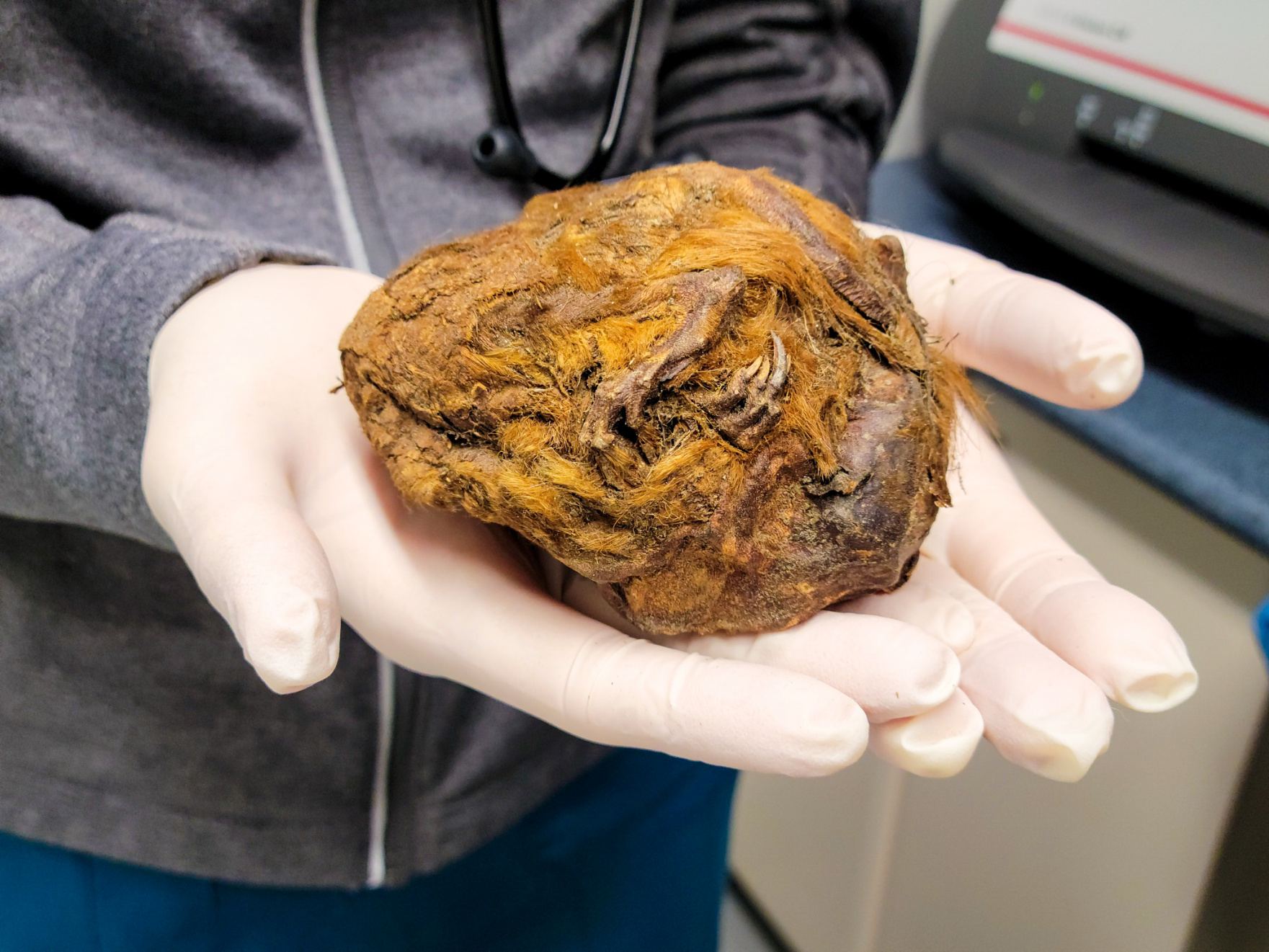
The fur ball was discovered in 2018 by miners at Hester Creek in the Klondike gold fields in Canada’s Yukon territory. At the time, the object seemed unidentifiable and clearly was not a gold nugget as the miner had set out to find. However, five years later, scientists have revealed that the mangled ‘brown blob’ of fur is a perfectly preserved Arctic ground squirrel that lived roughly 30,000 years ago during the Ice Age.
The fossilized curled-up Arctic ground squirrel (Urocitellus parryii) – which looks more like modern-day gophers than most squirrels – still exists today and lives in the region where the mummified ball was unearthed. Researchers have nicknamed the squirrel “Hester” after the area where it was found.
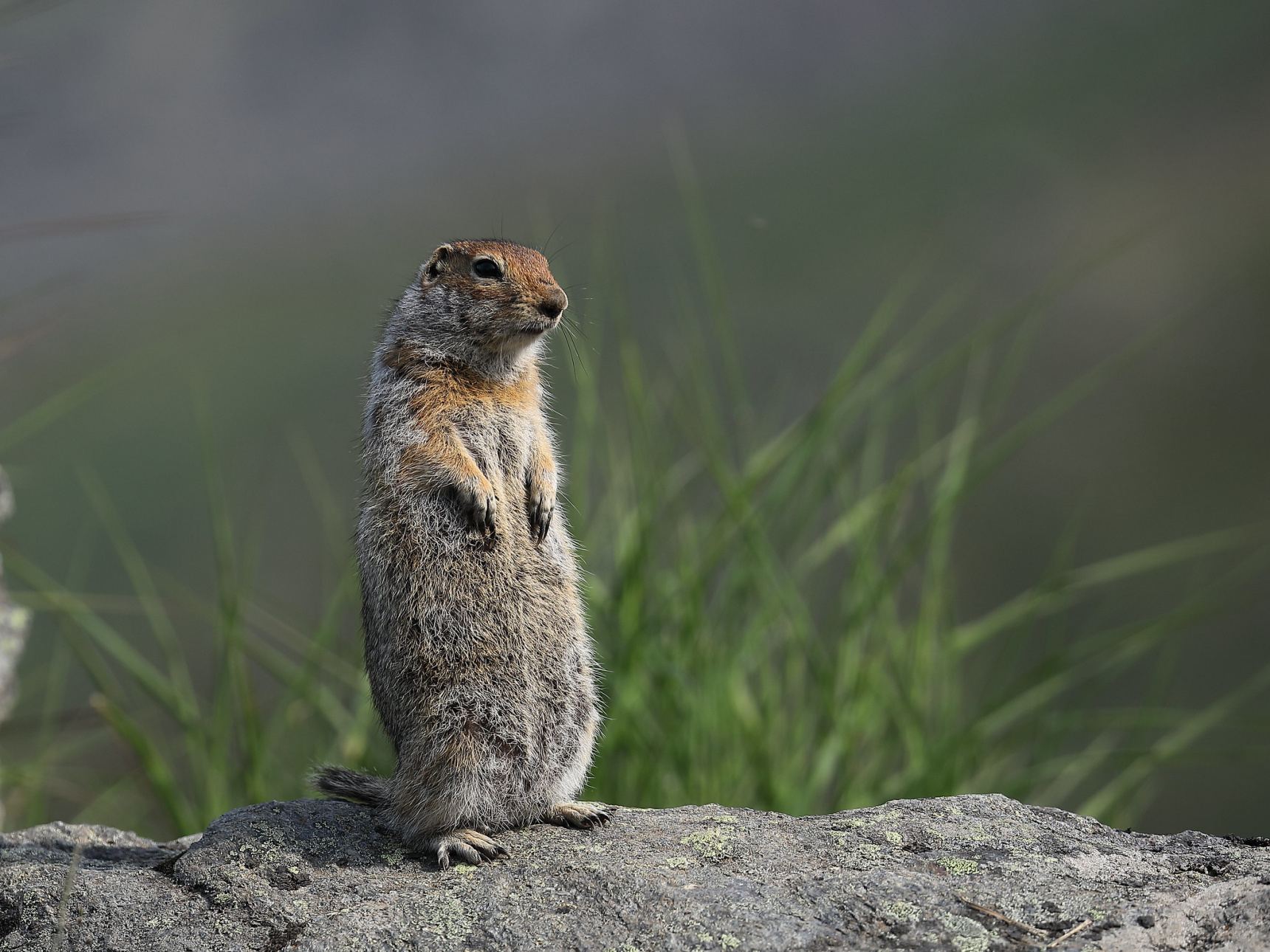
“It’s not quite recognizable until you see these little hands and these claws, and you see a little tail, and then you see ears,” said Grant Zazula, a Yukon government paleontologist. “Having spent thousands of years in the permafrost, the mummified squirrel’s remains were too fragile to decipher.”
The researchers believe that Hester was most likely hibernating when he died possibly during his first year. Living Arctic ground squirrels curl up into balls like Hester to hibernate inside underground dens, which they often line with leafy nests. Researchers have found examples of these preserved nests, but they are almost always empty.
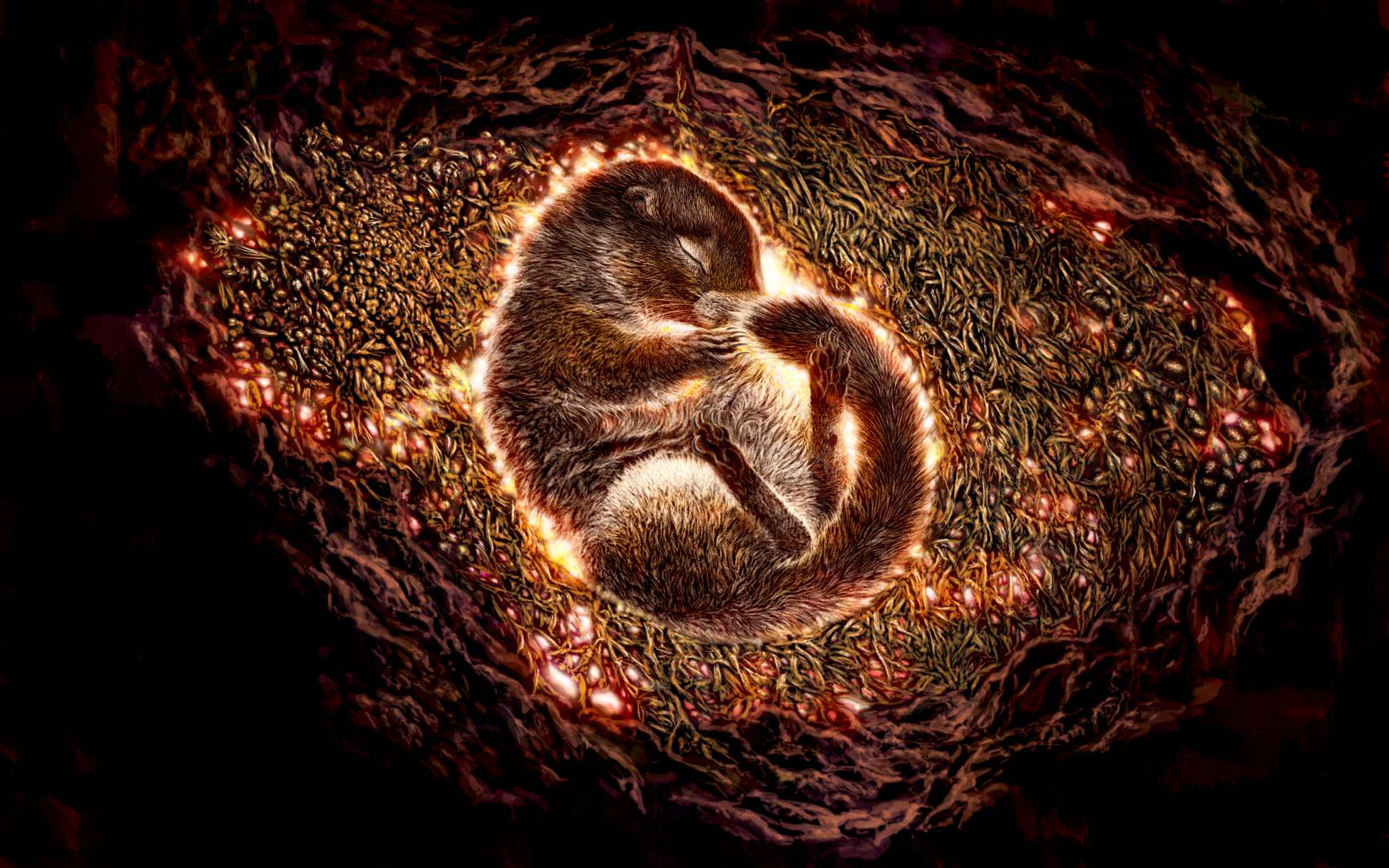
Scientists had predicted that the squirrel’s bones would likely have deteriorated as calcium leaked out over time, which would likely mean the interior of the ball was in poor condition. However, the X-ray scans revealed that the squirrel’s skeleton “was in great condition” and the creature appeared almost identical to a living Arctic ground squirrel.
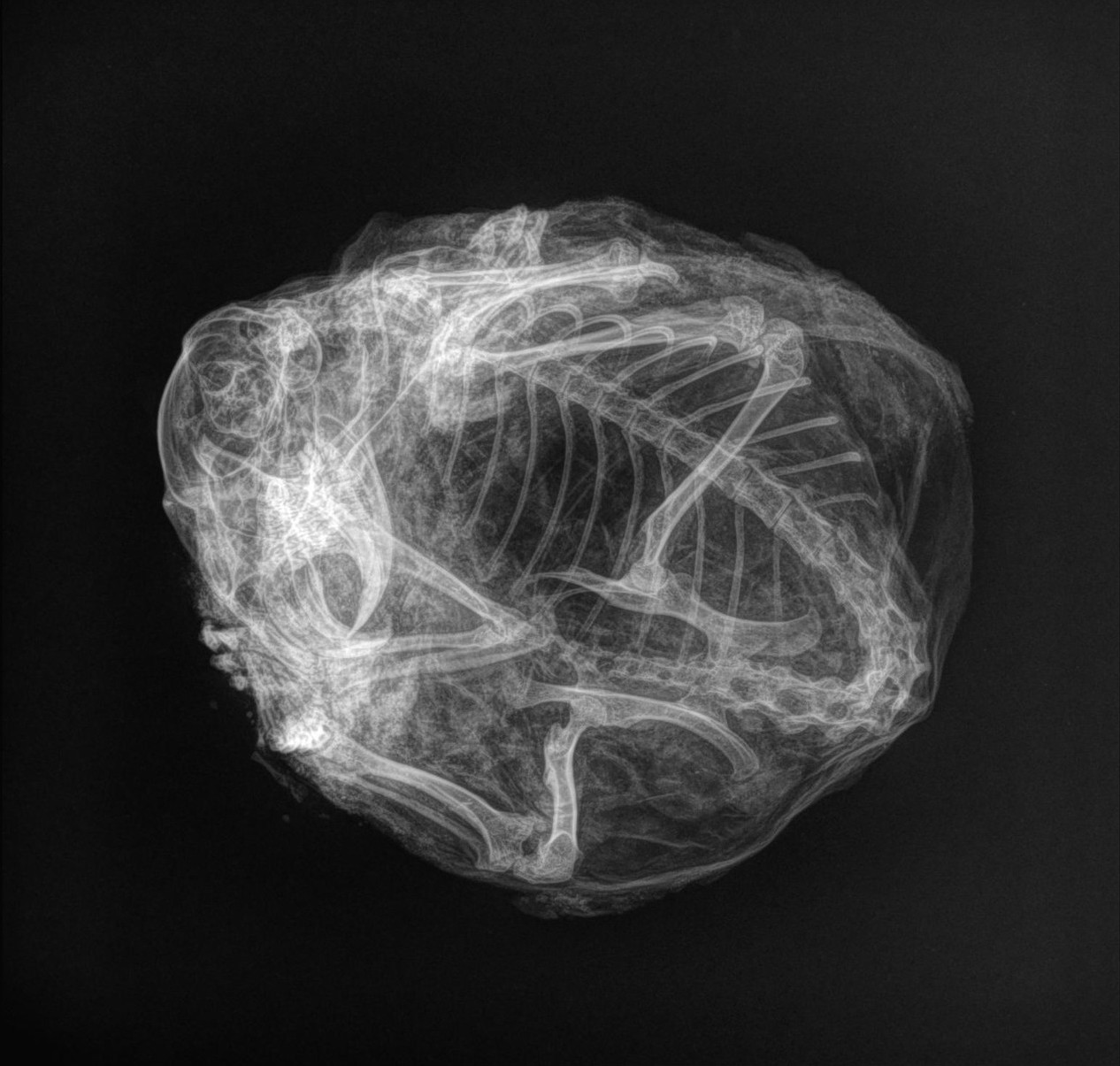
The Klondike gold fields of the Yukon have been covered in permafrost – frozen soil – since the ice age. That makes the area perfect for preserving creatures that died back then – hair, nails, and all.
The Klondike gold fields is a hotspot for mummified animal discoveries. In June 2022, a perfectly preserved baby mammoth that also dates back to around 30,000 years ago was found there. And in 2016, a 57,000-year-old mummified wolf pup was unearthed in the region.
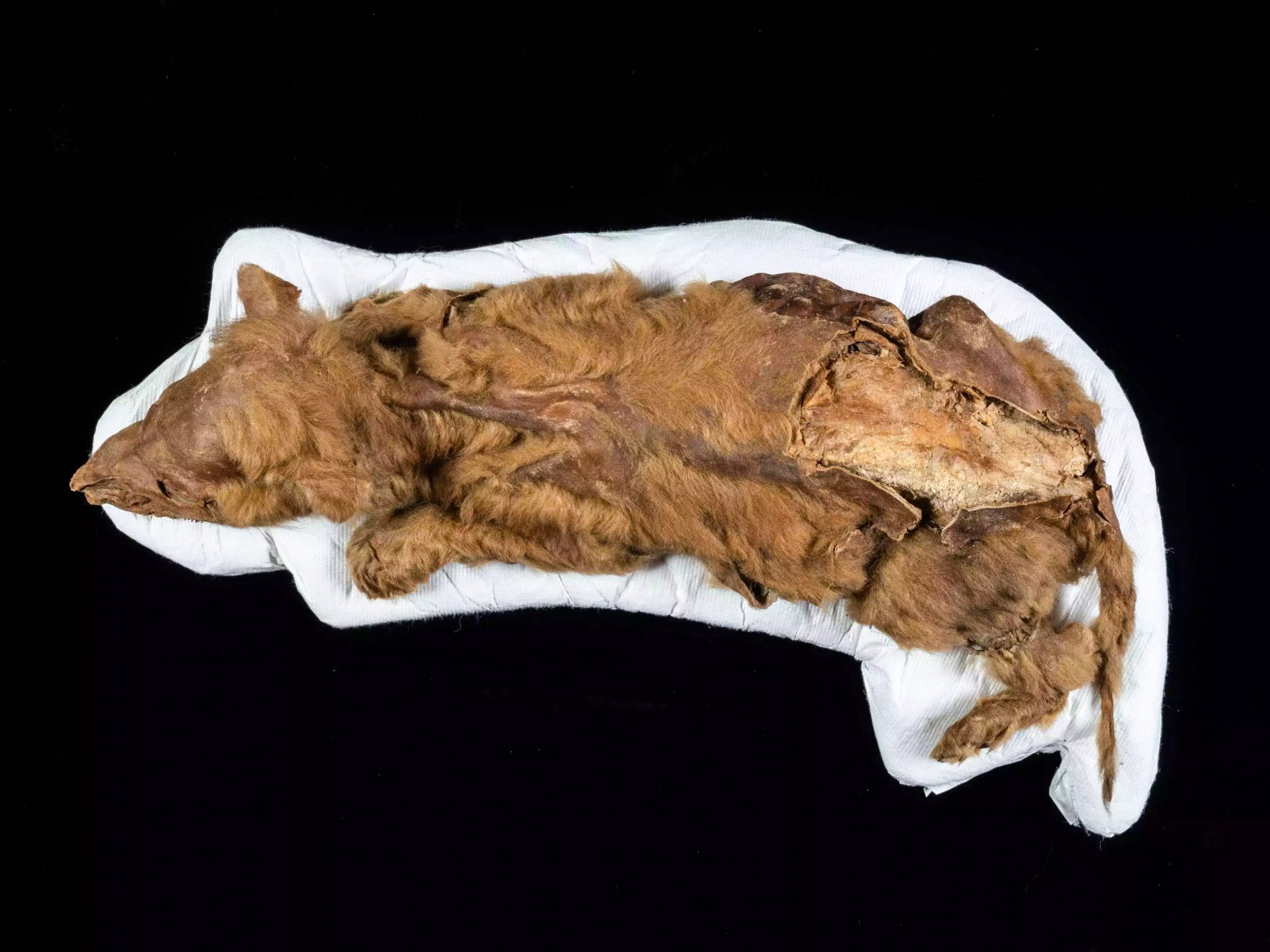
Discoveries like these are likely to become more common as global temperatures continue to rise due to human emissions of heat-trapping gases like carbon dioxide and methane. That’s causing the permafrost to thaw, revealing everything from mummified creatures to viruses and anthrax deposits.
The Yukon Beringia Interpretive Centre posted photos of the mummy and its X-ray on Facebook, announcing that the specimen would be on display soon.




